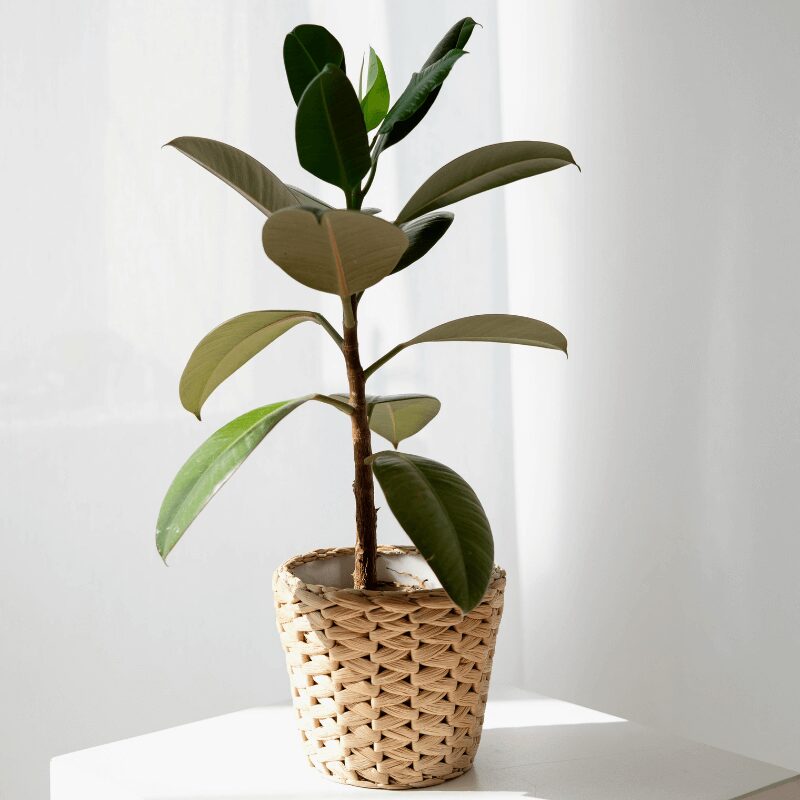Indoor air quality (IAQ) significantly impacts our health and well-being. Poor IAQ can lead to respiratory issues, allergies, and other health problems. Understanding and improving IAQ is crucial for maintaining a healthy home environment. Below, All Pro Heating, Air & Plumbing in Indianapolis explores common indoor air pollutants, their health impacts, and practical steps to improve air quality in your home.
Understanding Indoor Air Quality: Why It Matters
Indoor air quality (IAQ) refers to the nature of the air within and around buildings, especially concerning the health and comfort of building occupants. According to research, good IAQ is essential as it directly affects our respiratory health, comfort, and overall well-being. The US Environmental Protection Agency published a list of common indoor air pollutants which includes radon, particulate matter, volatile organic compounds (VOCs), and allergens.
Common Indoor Air Pollutants and Their Health Impacts
- Radon: Radon is a naturally occurring radioactive gas that can enter homes through cracks in the foundation. It is the second leading cause of lung cancer after smoking. Regular testing for radon is essential to ensure safe levels.
- Particulate Matter: These are tiny particles that can be inhaled into the lungs, causing respiratory issues and exacerbating conditions like asthma. Common sources include dust, smoke, and pollen.
- VOCs (Volatile Organic Compounds): VOCs are emitted by household products like paints, cleaners, and furniture. Prolonged exposure can lead to headaches, dizziness, and long-term health effects such as liver and kidney damage.
- Allergens: Common indoor allergens include dust mites, pet dander, and mold spores. These can trigger allergic reactions and asthma attacks, especially in sensitive individuals.

How to Measure and Monitor Indoor Air Quality
Combining the following methods will give you a comprehensive understanding of your home’s indoor air quality and Air Quality Index (AQI) and help you take practical steps to maintain a healthier living environment.
DIY Air Quality Testing Kits:
DIY air quality testing kits are an accessible way to assess the air quality in your home. These kits can detect a range of pollutants, including radon, VOCs (volatile organic compounds), and mold. Typically, these kits involve collecting air samples over a specific period and then sending them to a laboratory for analysis. They provide a good initial assessment of your home’s air quality, allowing you to identify any immediate concerns that need addressing. Using these kits regularly can help you monitor changes in air quality over time.
Professional IAQ Assessments:
Hiring a professional like All Pro to conduct an indoor air quality (IAQ) assessment is highly recommended for a more thorough and detailed evaluation. We professionals use advanced tools and technologies to measure various pollutant levels, including particulate matter, carbon dioxide (CO2), carbon monoxide (CO), and more. We can identify sources of pollution that might not be apparent to homeowners. The assessment typically includes a comprehensive report with detailed findings and actionable recommendations to improve your home’s air quality index. This professional insight can be invaluable, especially if individuals in your household have respiratory conditions or allergies.
Air Quality Monitors:
Air quality monitors are another effective tool for continuously tracking and improving indoor air quality. These devices measure real-time levels of various pollutants such as particulate matter (PM2.5 and PM10), CO2, and VOCs. Modern air quality monitors often come with features like app integration, which allows you to receive instant alerts and access historical data through your smartphone. Some advanced models also provide recommendations based on the air quality data they collect. By placing air quality monitors in different areas of your home, you can get a comprehensive overview of the air quality and identify specific rooms or times of day when pollution levels are higher.
4 Tips for Improving Indoor Air Quality
Ventilation:
Proper ventilation is crucial for reducing indoor air pollutants and ensuring a healthy living environment. Regularly opening windows and doors allows fresh air to circulate, diluting indoor pollutants like VOCs and CO2. Use exhaust fans in kitchens and bathrooms to remove contaminants directly at the source. In addition, consider installing whole-house ventilation systems like HRVs (Heat Recovery Ventilators) or ERVs (Energy Recovery Ventilators) to continuously bring in fresh air and expel stale air while maintaining energy efficiency.

Air Purifiers:
Air purifiers with HEPA filters effectively capture airborne particles, including dust, pollen, and pet dander. When choosing an air purifier, ensure it suits the size of your room and has a high CADR (Clean Air Delivery Rate) to efficiently filter the air. Models with activated carbon filters can also remove odors and VOCs. Place air purifiers in frequently used rooms like bedrooms and living areas for optimal results. Regularly replace filters as recommended by the manufacturer to maintain their effectiveness. If you want to take your home’s air purification a step further, consider a whole-home air purification option for your HVAC system. This addition is especially useful for homes where air quality is crucial for mitigating allergies and bronchial asthma. Ask your All Pro tech about this option during your next filter change.
Regular Cleaning:
Keeping your home clean is essential for minimizing dust, allergens, and other pollutants. Vacuum carpets, rugs, and upholstery regularly using a vacuum cleaner equipped with a HEPA filter to capture fine particles. Dust surfaces with a damp cloth to prevent dust from becoming airborne. Wash bedding, curtains, and other fabrics frequently to reduce allergens. Regular cleaning improves air quality and creates a healthier and more comfortable living environment.
Houseplants:
Certain houseplants, such as spider plants, peace lilies, and snake plants, can improve indoor air quality by absorbing pollutants like formaldehyde, benzene, and trichloroethylene. These plants act as natural air purifiers, enhancing your home’s aesthetic and environmental quality. However, it’s important to maintain houseplants properly to avoid mold growth. Ensure they are not overwatered and placed in well-ventilated areas to prevent excess moisture buildup.

Choosing the Right Air Purifier for Your Home
HEPA Filters:
High-efficiency particulate Air (HEPA) filters can capture 99.97% of particles as small as 0.3 microns. They are ideal for homes with allergies and people with asthma.
Activated Carbon Filters:
Activated carbon filters effectively remove odors, gases, and VOCs. They are often used in combination with HEPA filters for comprehensive air purification.
UV Light Purifiers:
UV light purifiers can kill bacteria, viruses, and mold spores. They effectively reduce biological contaminants but should be used alongside other filtration methods.
Purifier Features:
When choosing an air purifier, consider features like filter replacement indicators, noise levels, energy efficiency, and room size coverage. Smart air purifiers with app integration offer added convenience.
Improve your Indoor Air Quality With All Pro Heating & Air
Maintaining good indoor air quality is essential for a healthy living environment. You can protect your family’s health and well-being by understanding common indoor air pollutants and taking proactive steps to monitor and improve Ing. Implementing proper ventilation, using air purifiers, and regular cleaning are practical measures that can make a significant difference.
For more tips on maintaining the air quality in your home, check out our blog. If you’re concerned about your indoor air quality, schedule a professional IAQ assessment with All Pro Heating, Air, & Plumbing today.

